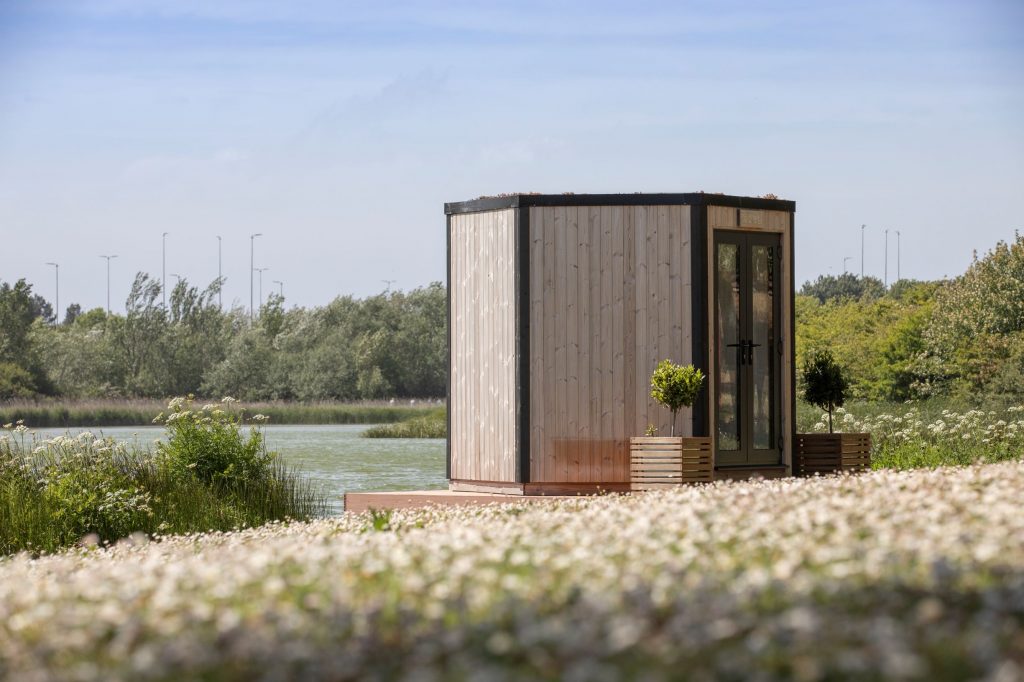Working from home or remote working is a hot topic now.
Very much in the forefront of people’s minds as an option to consider in their work choices.
Lock-down restrictions have shown many of us while being difficult & frustrating how simultaneously beneficial & productive working from home can actually be.
There are additional benefits..
Its not just for the novelty or convenience factor, there are additional benefits to be considered when your company is considering work from home as an option for employees. As well as the improvements in people’s work & life balance (there’s not many who would say they miss the morning commute) there are also the environmental benefits to be recognised.
Pre lockdown
5.06 metric tons.
That’s the number. Per person employed in a typical office environment, 5.06 t was the individual contribution to a company’s CO2 footprint. This is improving. 2 years previously it was 5.44 metric tons.
As can be seen a large proportion of that contribution is Commute at 46%. Heating, lighting and power (devices & equipment) are ‘consumables’ in that we can moderate our use of them to some level through being responsible (switch lights off leaving rooms, avoid overnight standby on devices ete) but ultimately they are necessary to enable us to work in the office.

Working from Home
Changes things dramatically though.
Curtailing the commute is not just an immediate effect on the CO2 footprint but is also a dramatic change for staff who have more time in their day to attribute to other purposes – exercise, family time, learning, volunteering etc etc. An immediate and apparent improvement on work / life balance and ultimately a big contribution to increases in productivity by remote workers.

Through rebalancing the commute (you still have to go to the office sometimes over the course of a year) changes to heating & lighting a typical work from home set up brings the C)2 contribution to 2.10 metric tons per individual.
That’s a HUGE 58% reduction over the course of a year!!
In our custom design buildings we are working to reduce that even further. We have identified that the 46% Power pie segment (relatively higher than the Office number due to domestic inefficiencies) as the target to make changes.
Implementation of options for renewable energy such as Solar & Photo Voltaic panels where appropriate will help bring that power usage number down further.
Want to find out more?
Drop me a message to discuss how I can help you with your working from home solutions.

